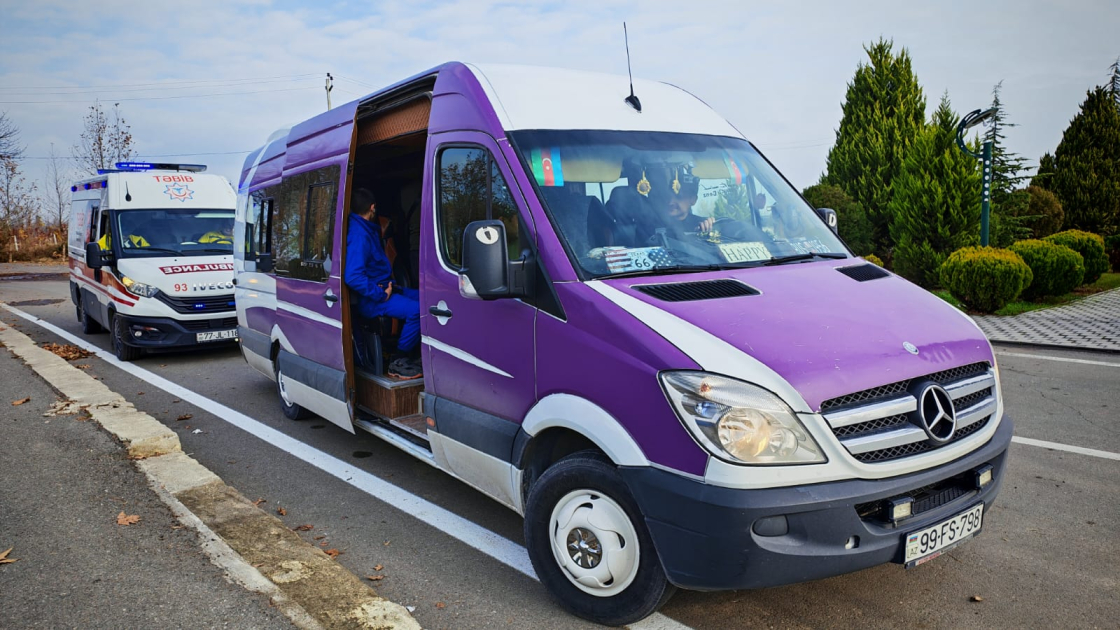Haaretz | Archaeology
Isolated islands were not thought to support preagricultural societies – but here we were on Malta. Seafood fell out of fashion once we had choices, however
When did our species start to sail? We don't know, but it was evidently eons before the advent of modern civilization as we know it.
Now the latest piece of the puzzle arrives from the lonely Mediterranean island of Malta, where archaeologists have identified modern human occupation around 8,500 years ago.
That is about a thousand years earlier than thought. It flies in the face of the assumption that small islands like Malta likely couldn't have supported whole populations of hunter-gatherers who didn't know how to grow food, a team reported this week in Nature.
It is true that 8,500 years ago is after the Neolithic revolution began and farming started in the Fertile Crescent, seemingly close by. But the people who braved at least 100 kilometers (just over 60 miles) of open sea to reach Malta weren't farmers. They were hunter-gatherers, according to Prof. Eleanor Scerri of the Max Planck Institute of Geoanthropology, Prof. Nicholas Vella of the University of Malta, Prof. Huw Groucutt and colleagues.
As for crossing open waters, monkeys are said to have "sailed" from Africa to the Americas millions of years ago, presumably not by choice. They inadvertently made the journey not once but twice, by being swept out to sea and cruising on natural rafts of floating vegetation, the thinking goes.
In the archipelago that is the Republic of Malta, we speak of modern human beings who hadn't met the domesticated legume or cowed herbivore just yet, but we can assume they didn't float over on rotting vegetation. They voyaged by boat.
That doesn't necessarily speak of "sails". The earliest fabric sails we know of are from ancient Egypt's Old Kingdom about 5,000 years ago, Groucutt told Haaretz by email. We mean canoe or raft. But the extraordinary thing is that Malta can't be seen from any land mass, including the closest one - Sicily which is over 85 kilometers distant.
Did these ancient people know from previous oral accounts that there was a luscious green island over the horizon? Were they lost at sea? Did their canoe get blown off course from hugging some comfortable familiar shoreline, and did they get lucky? The team suspects - they knew where they were going.
"There has been long debate about origins of seafaring. People got to places like Japan, Australia et cetera quite early, over long sea crossings, probably island hopping of around 100 kilometers," Groucutt says. "But in those cases, it is about movements between large islands which are highly intervisible, and southeast Asia seems to have been something of a cradle of early seafaring probably because it has lots of islands, maybe good materials for making seacraft, and things like tsunamis happen," he adds.
A tsunami is a good scenario for washing people (and animals) out to sea, clinging to floating vegetation and winding up somewhere new.
But skipping from one intervisible Greek island to another is one thing. Malta is one of the most remote islands in the Mediterranean, the team stresses. It is true that in deeper prehistory, when sea levels were lower due to water being locked up in massive glaciers, there may have been a land bridge connecting little Malta to Sicily. But that isn't how the people got there. The land bridge would have sunk beneath the seas about 13,000 years ago.
Deer, tortoise, seal...
Before this study, the earliest evidence of modern humans on Malta is from 7,400 years ago and shows the people were farming.
But the evidence Scerri and the team found at Latnija in the island's north shows that hunter-gatherers were there a thousand years earlier. The evidence they left includes stone tools, animal and seafood remnants – all wild animals, mainly deer, always a favorite – and hearths where they cooked these meals.
They did not shrink at eating reptiles, and tortoises, which are relatively easy to hunt (bend over, pick up). Catching a seal would have been a party and, in a pinch, there were sea urchins.
All this began at least 8,500 years ago, and by that time, the sea level was roughly where it is now. Which means Malta was still about 100 kilometers from Sicily, if that's where they came from.
Apropos the stone tools, though Mesolithic – very late in the story of human evolution – they were not state of the art. That could simply be because the locals were using the lousy local limestone, which wasn't up to much, or were just not that good at knapping. Not a big population. Not a big group from which to extract the master craftsman.
Interestingly, the team notes, when the people had choices, when the Neolithic revolution arrived and the people of Malta could cultivate the edible plants and animals they wished, the evidence suggests they all but stopped eating seafood.
How surprising is it that Mesolithic humans might boat to Malta?
Well, it was not only modern humans braving the briny in prehistory, it seems. Possibly their predecessors were too, maybe only clinging to crude rafts or riding tree trunks. But there they were, in lands surrounded by water. Back in the Aegean, Crete boasts Acheulean-style tools, a type made by Homo erectus among others, dating back 130,000 years and possibly as much as 700,000. God hadn't even created the Neanderthal yet, let alone us. So if we peer back half a million years to a time before our species even existed, the Aegean islands, and some of them were always isolated, were crawling with hominins.
"In contrast, islands off Africa were not reached until the recent past," Groucutt drives home the point. "In the Mediterranean, the current idea is that hunter gatherers reached only islands that were large and relatively close to the coast. Malta is tiny and remote."
Actually as the vulture flies, Malta is "only" 85 km from Sicily but given winds, currents and acts of deity, the actual route would have been more like 100 km, the authors explain.
So, Groucutt sums up: under the circumstances, given Malta's isolation, it is surprising that Mesolithic people in a dugout canoe got there in the sense that they would have needed navigational skills and planning, as well as boat-building skills.
So what have we? Evidence on a very isolated island that hunter-gatherers boated there at least 8,500 years ago, before agriculture could reach the region and help support the hungry people. They seem to have managed, though. They ate the animals and seafood, and the evidence of their occupation is near sources of lovely fresh water.
Wondrously, archaeologists today don't settle for theory. "Experimental voyages on a replica of an Early Neolithic dug-out canoe from La Marmotta [Italy] suggest that crossings of 50 kilometers could be accomplished at a speed of about 4 kilometers per hour," the team writes.
Which would translate to "an outward summer sea journey that would have necessitated all daylight hours and an additional 8 hours of darkness." That sounds eminently doable.
The lesson here might not be that they could cross water – we could have inferred that from a growing pile of floating-hominin evidence. Instead, it's that these hunter-gatherers eked out a living on a small island purely from hunting and gathering, which flies in the face of the paradigm that Malta was just too small for that.
Yet, could it be they got there accidentally? "It is possible," Groucutt says, "but given that the Mesolithic people were there for around 1000 years at least, it seems to have been a successful community. The small size of the islands means they could probably only support a few dozen hunter-gatherers, so we think very long term population continuity is unlikely. More likely there were repeated journeys between Malta and Sicily." Which would mean more boating using their mad prehistoric mavigational skills.


.jpg)




.jpeg)








.png)


